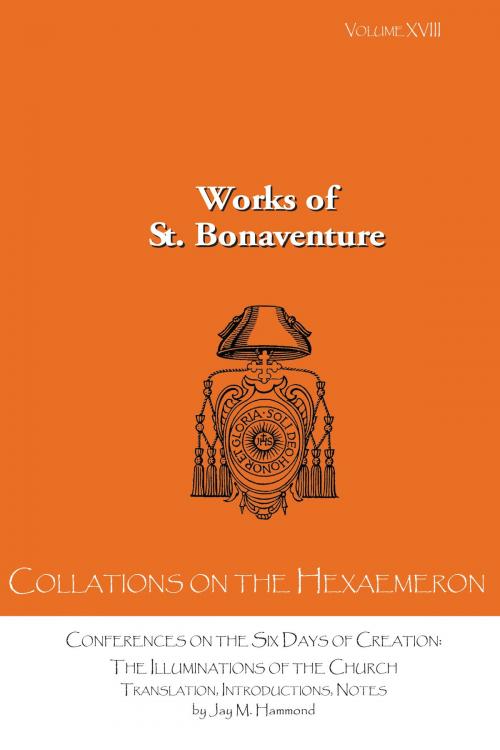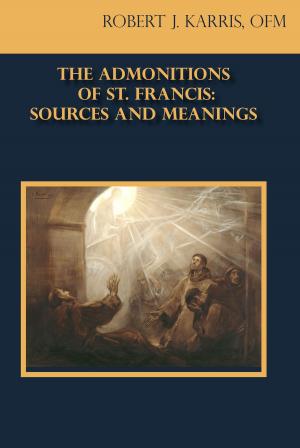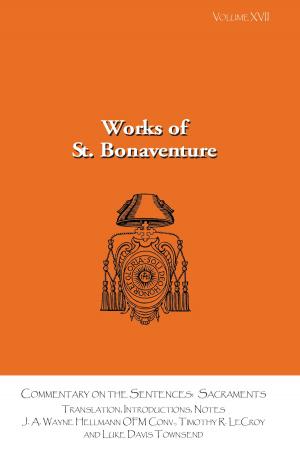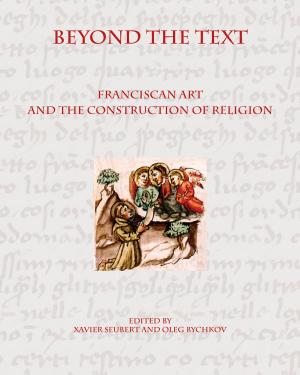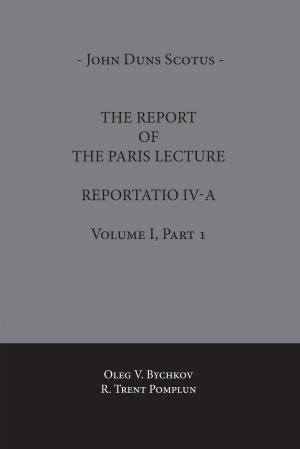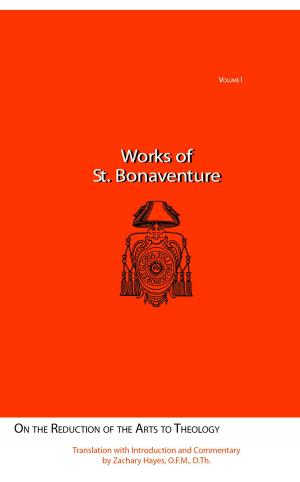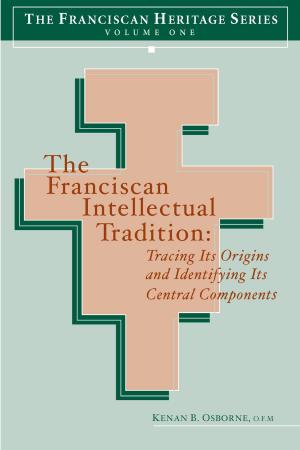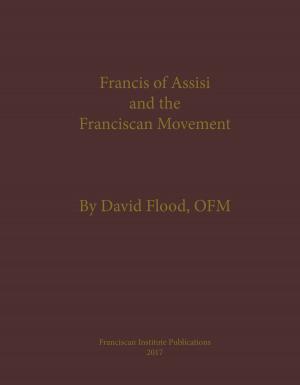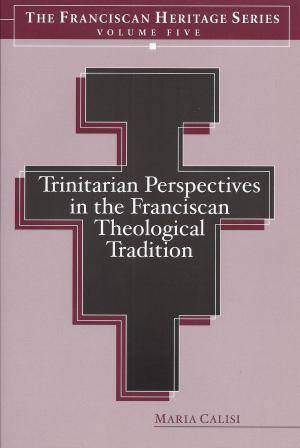Collations on the Hexaemeron
Conferences on the Six Days of Creation: The Illuminations of the Church
Nonfiction, Religion & Spirituality, Christianity, Church| Author: | Jay Hammond | ISBN: | 9781576594247 |
| Publisher: | The Franciscan Institute | Publication: | August 28, 2018 |
| Imprint: | Franciscan Institute Publications | Language: | English |
| Author: | Jay Hammond |
| ISBN: | 9781576594247 |
| Publisher: | The Franciscan Institute |
| Publication: | August 28, 2018 |
| Imprint: | Franciscan Institute Publications |
| Language: | English |
Ten years after becoming Minister General, and after presiding over his third General Chapter (Narbonne 1260, Pisa 1263, Paris 1266), Bonaventure began a threefold series of Easter season collationes in 1267 at the Franciscan Convent of Cordeliers at the University of Paris. Why? To answer this question, one must understand how Bonaventure responds to the complexities of his historical context via a particular communal practice of reading.Bonaventure employed the communal practice of collationes to model for his brothers how they should read, not in the grammatical sense, but in the contemplative sense of being a reader capable of integrating philosophical knowledge and theological understanding with the wisdom of Scripture. Such a reader must learn how to read with affectus wherein one assimilates his or her experience to that of the author of the text (e.g., Scripture), and with intellectus where the purpose of reading is knowledge of the truth. In effect, Bonaventure finds himself at a crossroads of different ways of reading: the traditional monastic lectio divina, the increasingly dominant studium legendi at the universities, and the emerging exercise of lectio spiritualis among the mendicant orders.
Ten years after becoming Minister General, and after presiding over his third General Chapter (Narbonne 1260, Pisa 1263, Paris 1266), Bonaventure began a threefold series of Easter season collationes in 1267 at the Franciscan Convent of Cordeliers at the University of Paris. Why? To answer this question, one must understand how Bonaventure responds to the complexities of his historical context via a particular communal practice of reading.Bonaventure employed the communal practice of collationes to model for his brothers how they should read, not in the grammatical sense, but in the contemplative sense of being a reader capable of integrating philosophical knowledge and theological understanding with the wisdom of Scripture. Such a reader must learn how to read with affectus wherein one assimilates his or her experience to that of the author of the text (e.g., Scripture), and with intellectus where the purpose of reading is knowledge of the truth. In effect, Bonaventure finds himself at a crossroads of different ways of reading: the traditional monastic lectio divina, the increasingly dominant studium legendi at the universities, and the emerging exercise of lectio spiritualis among the mendicant orders.
